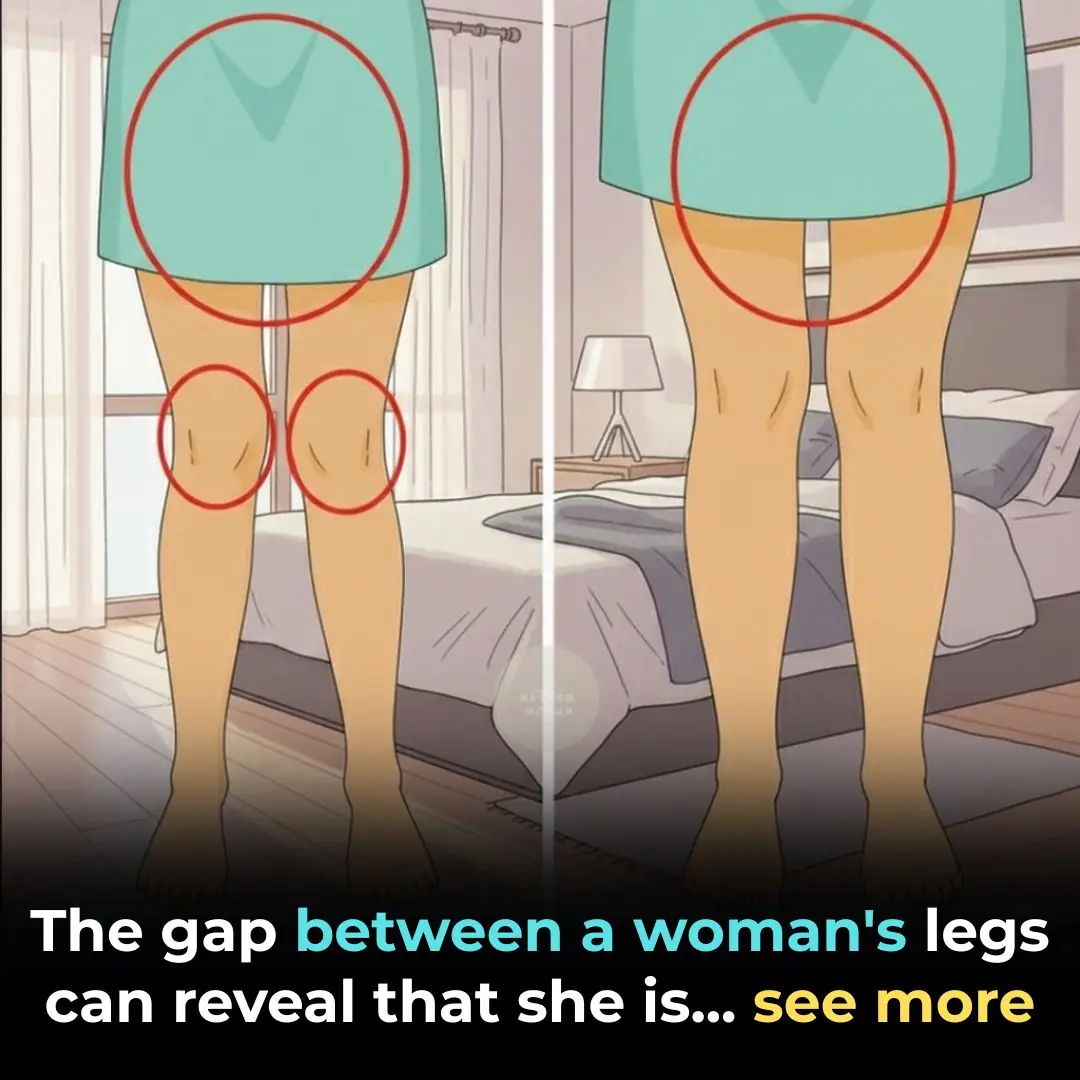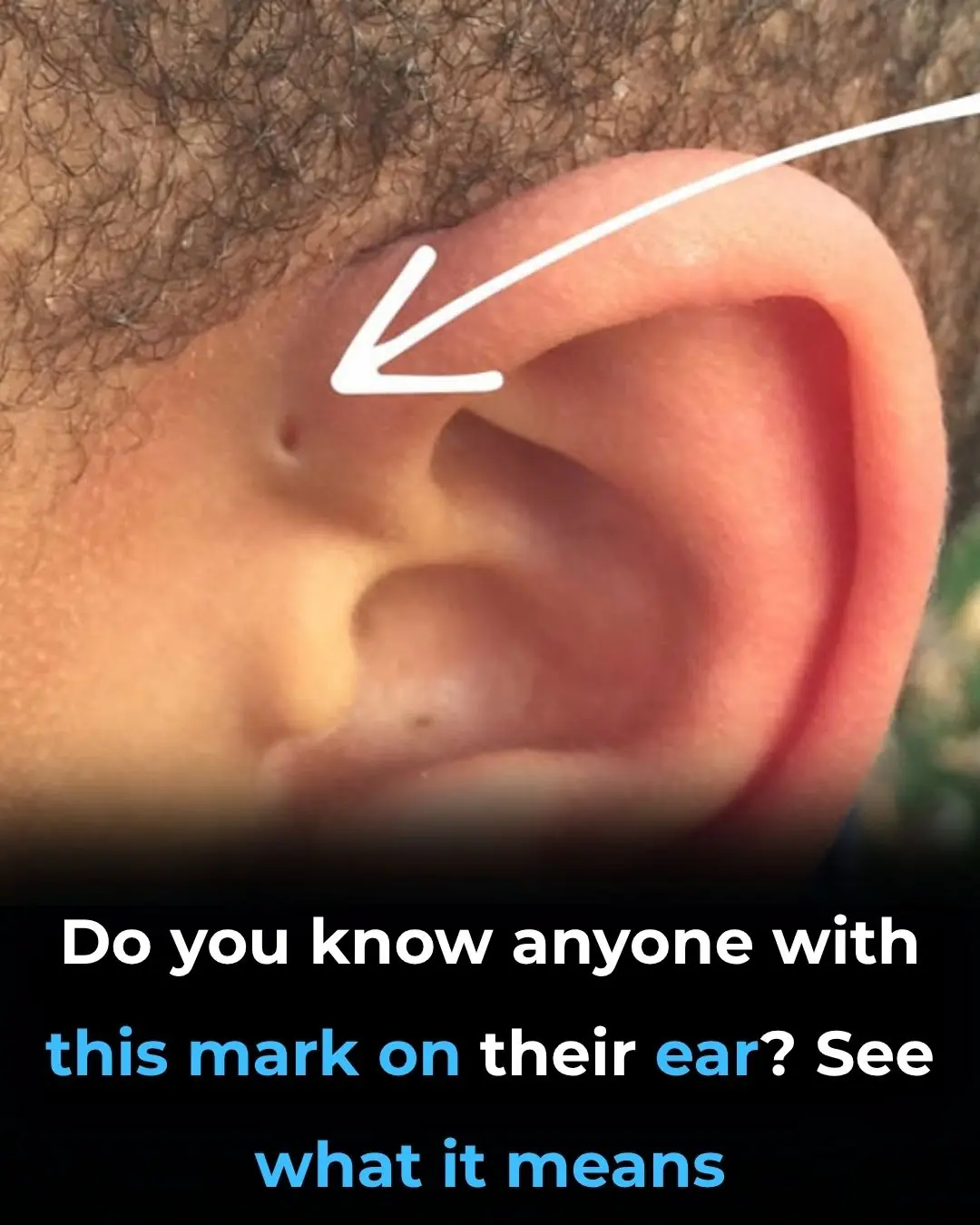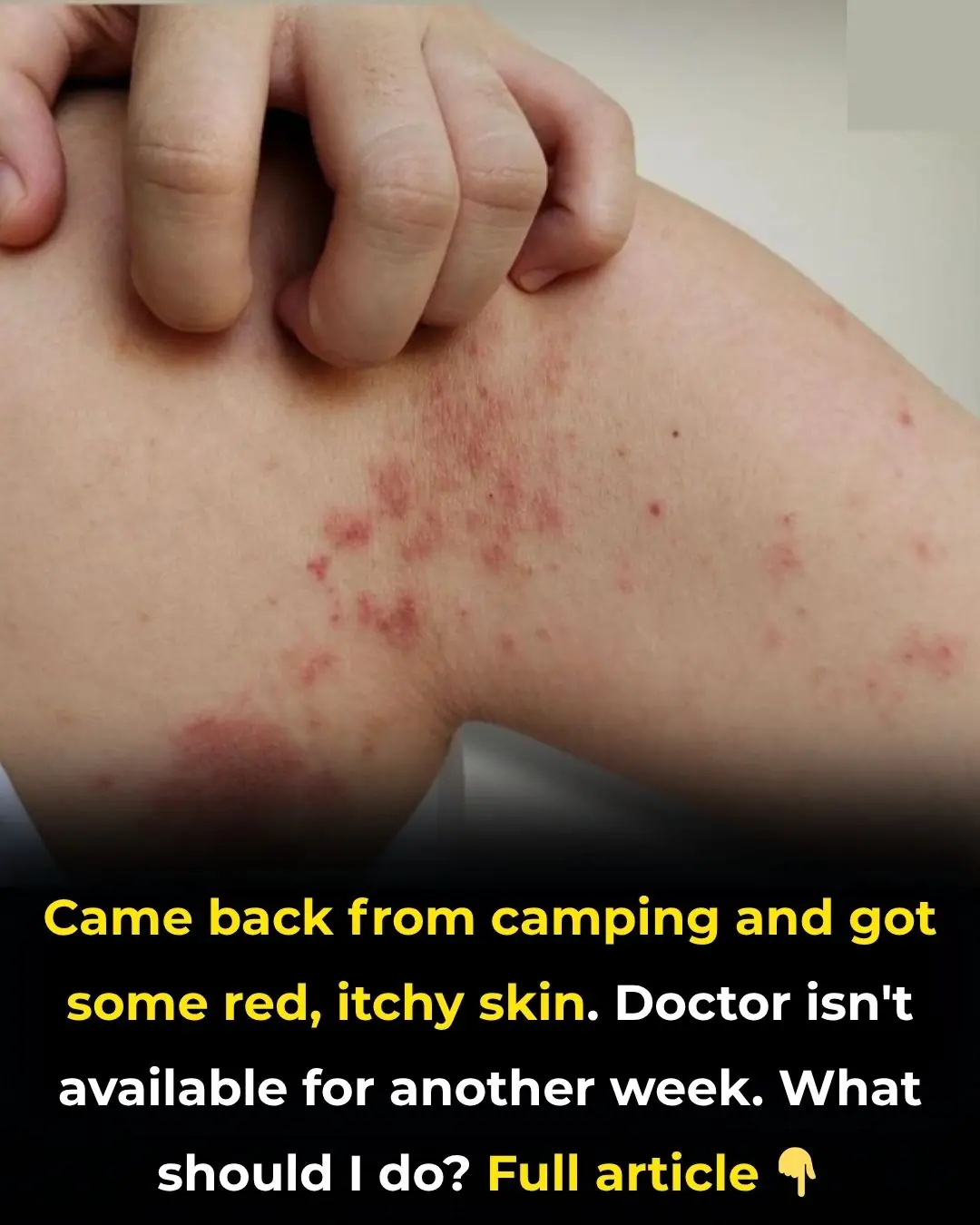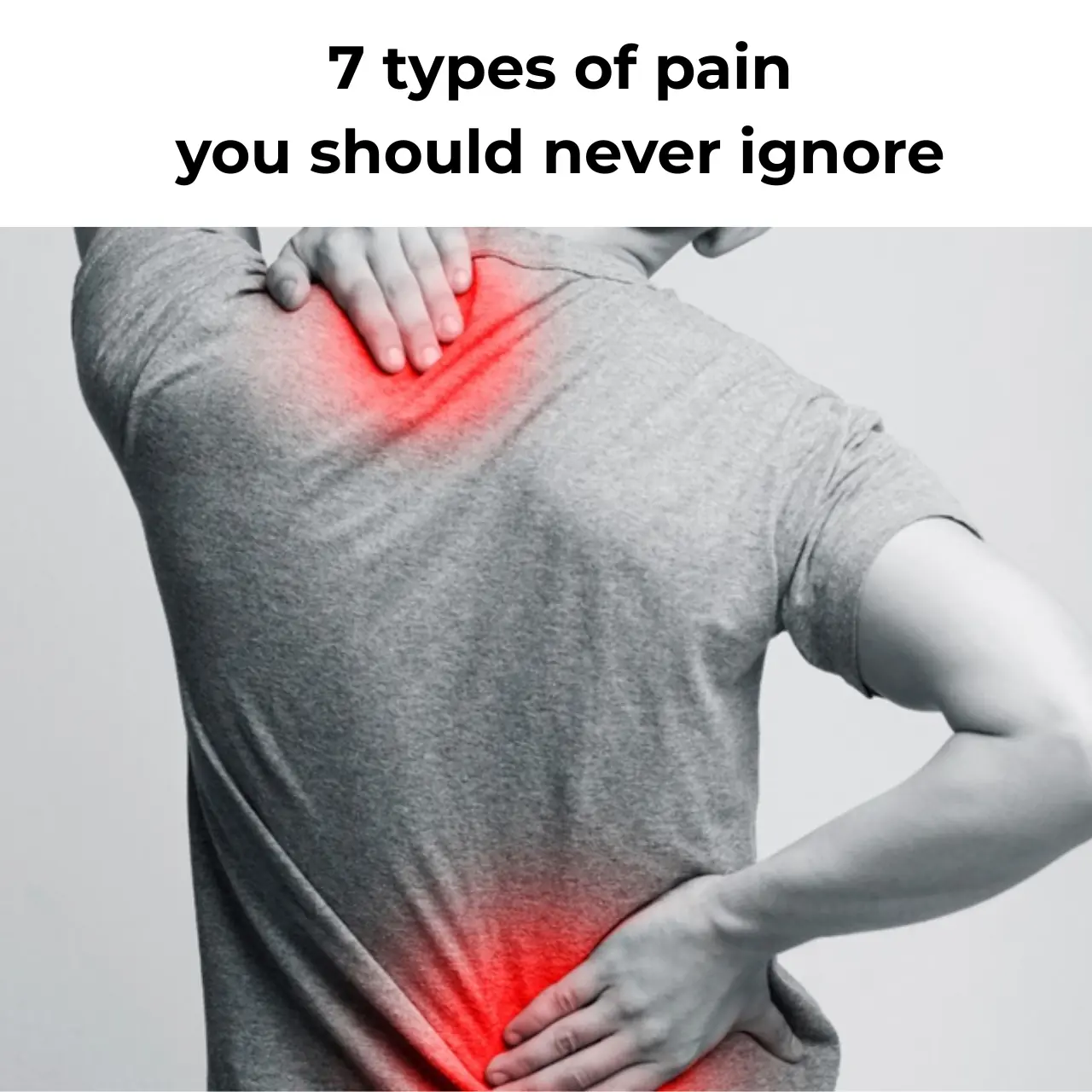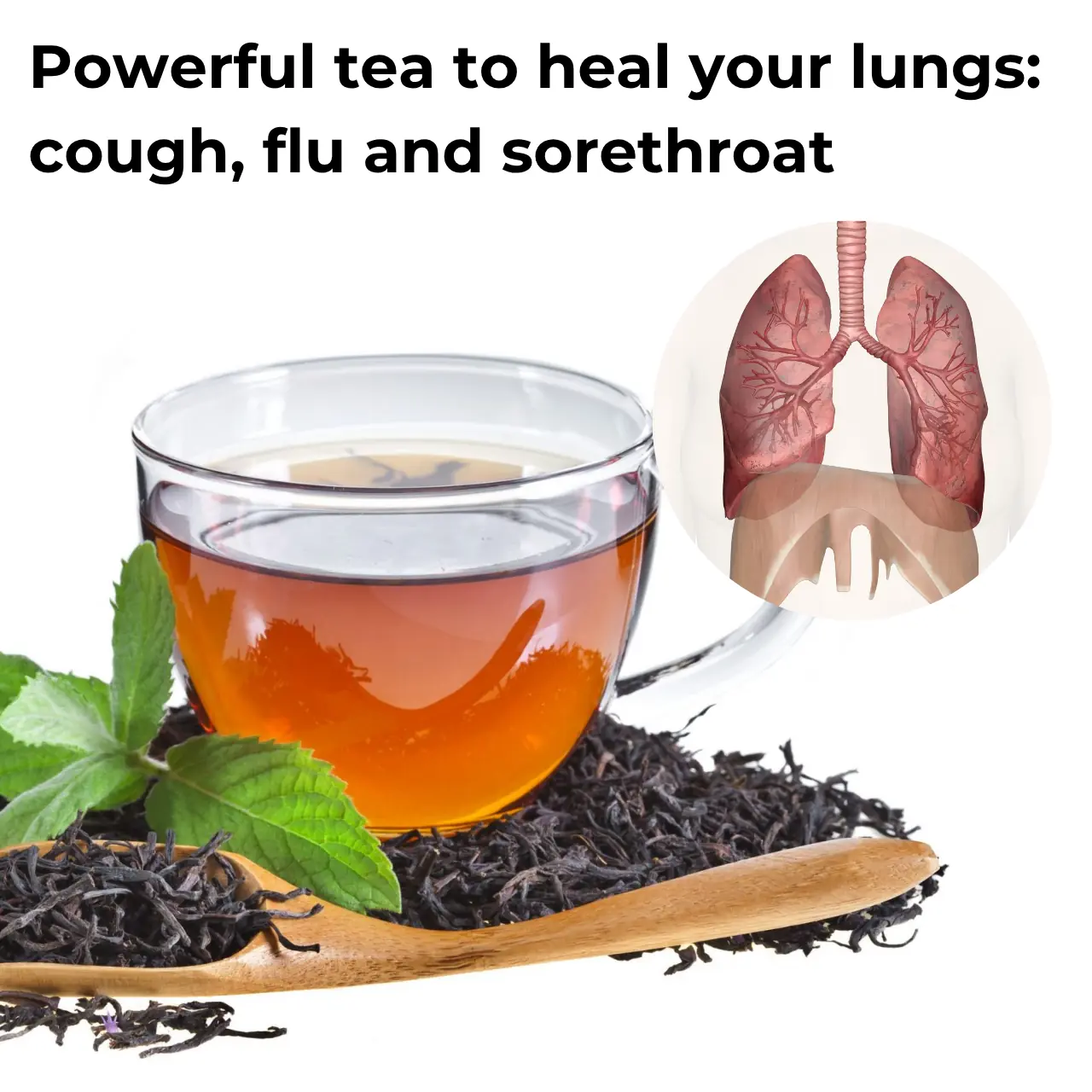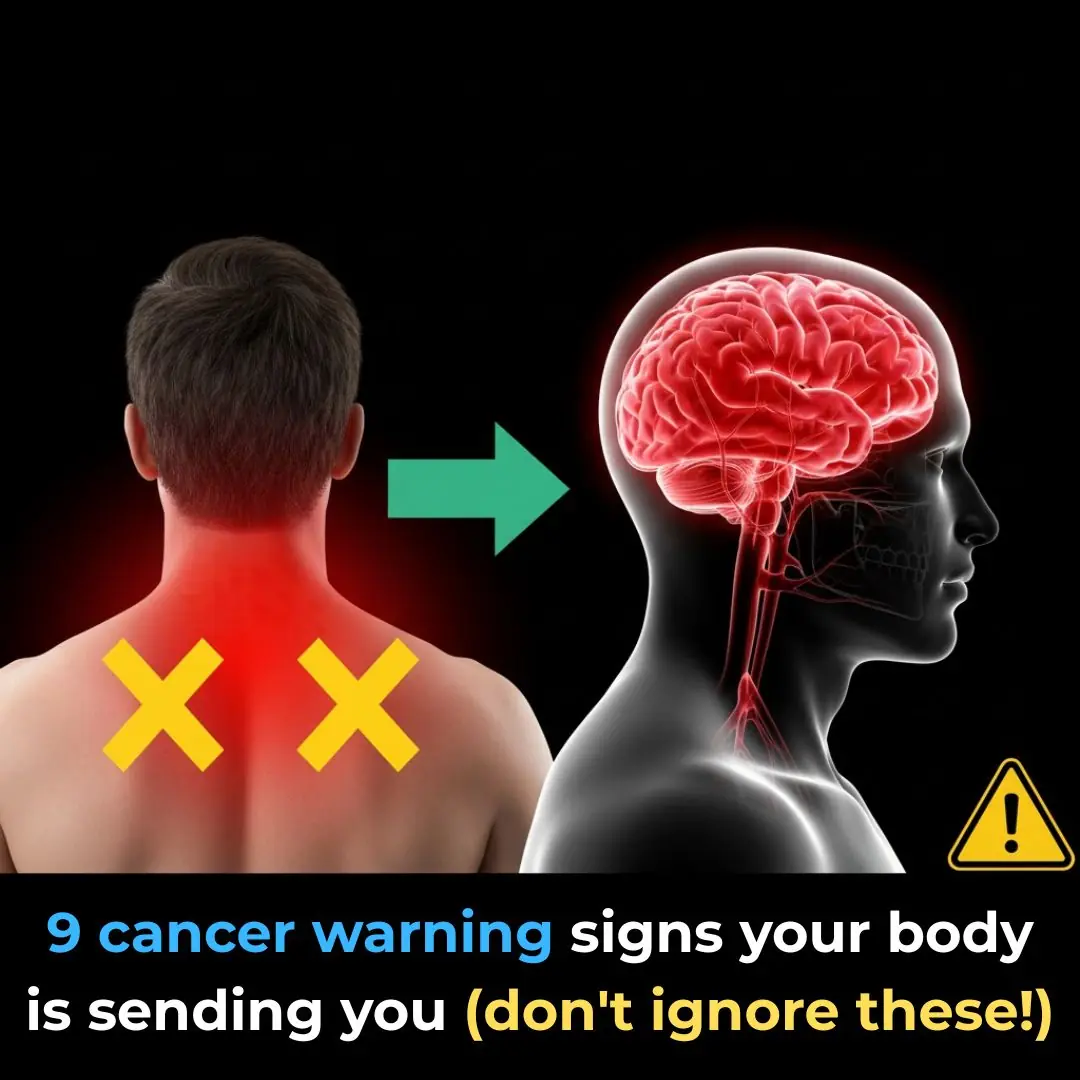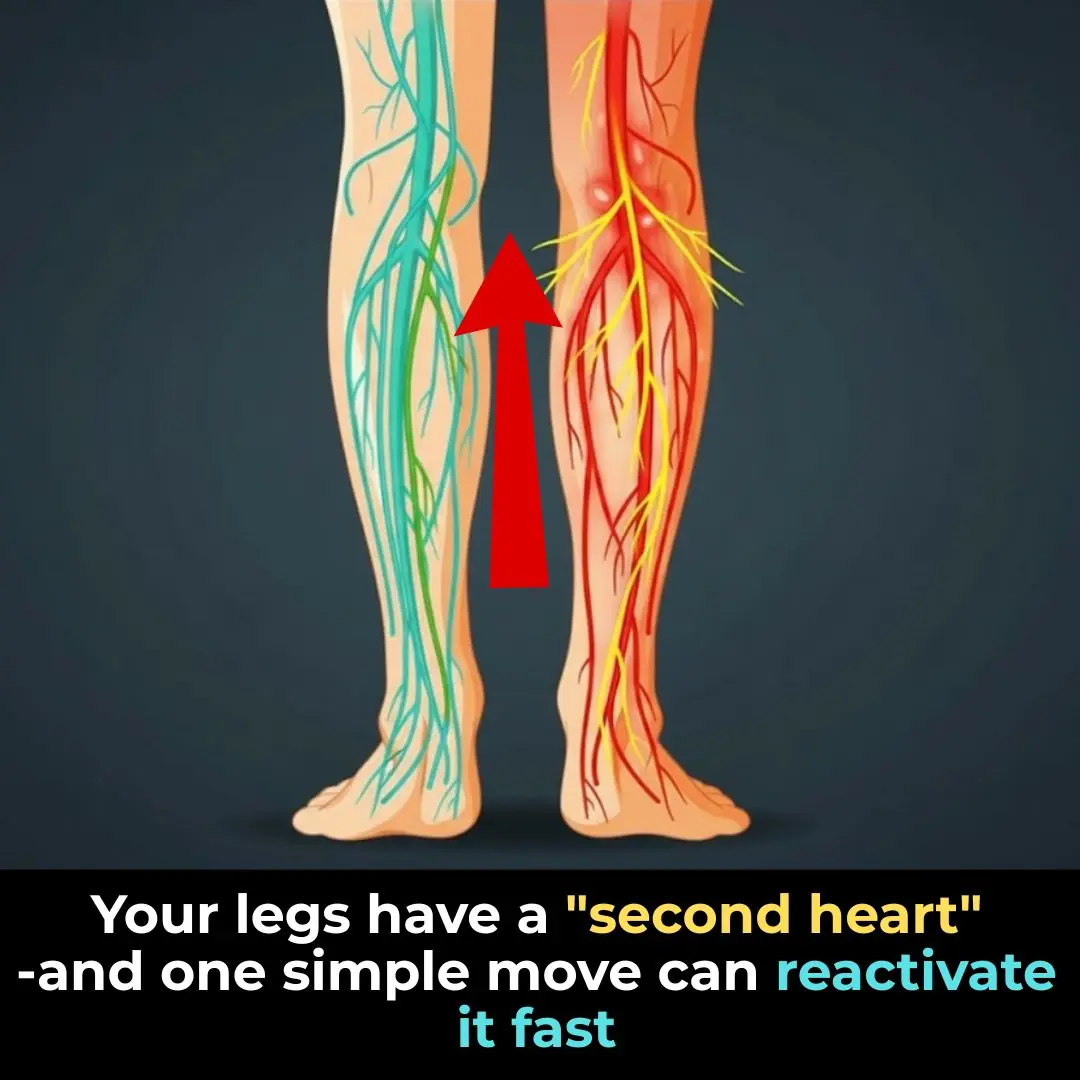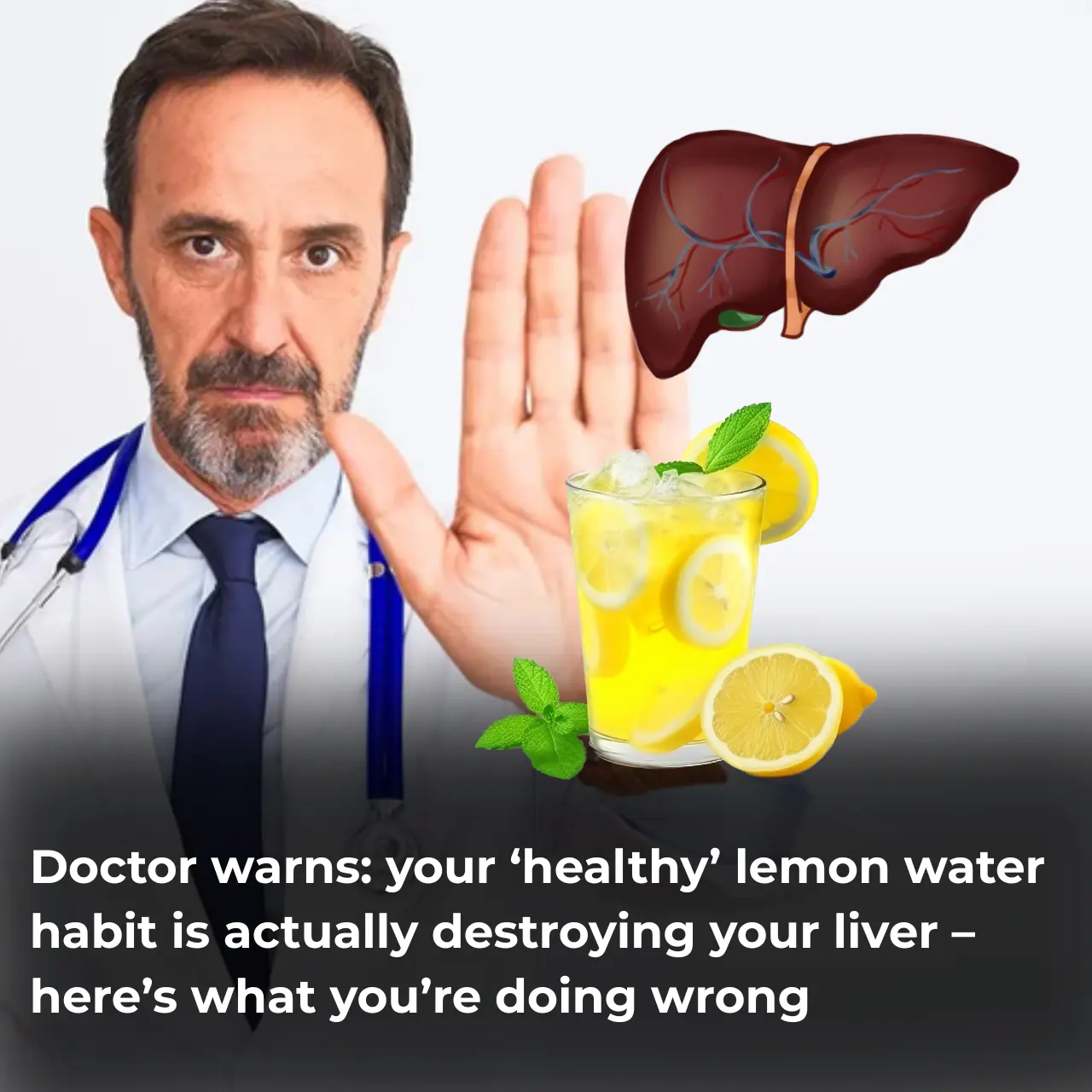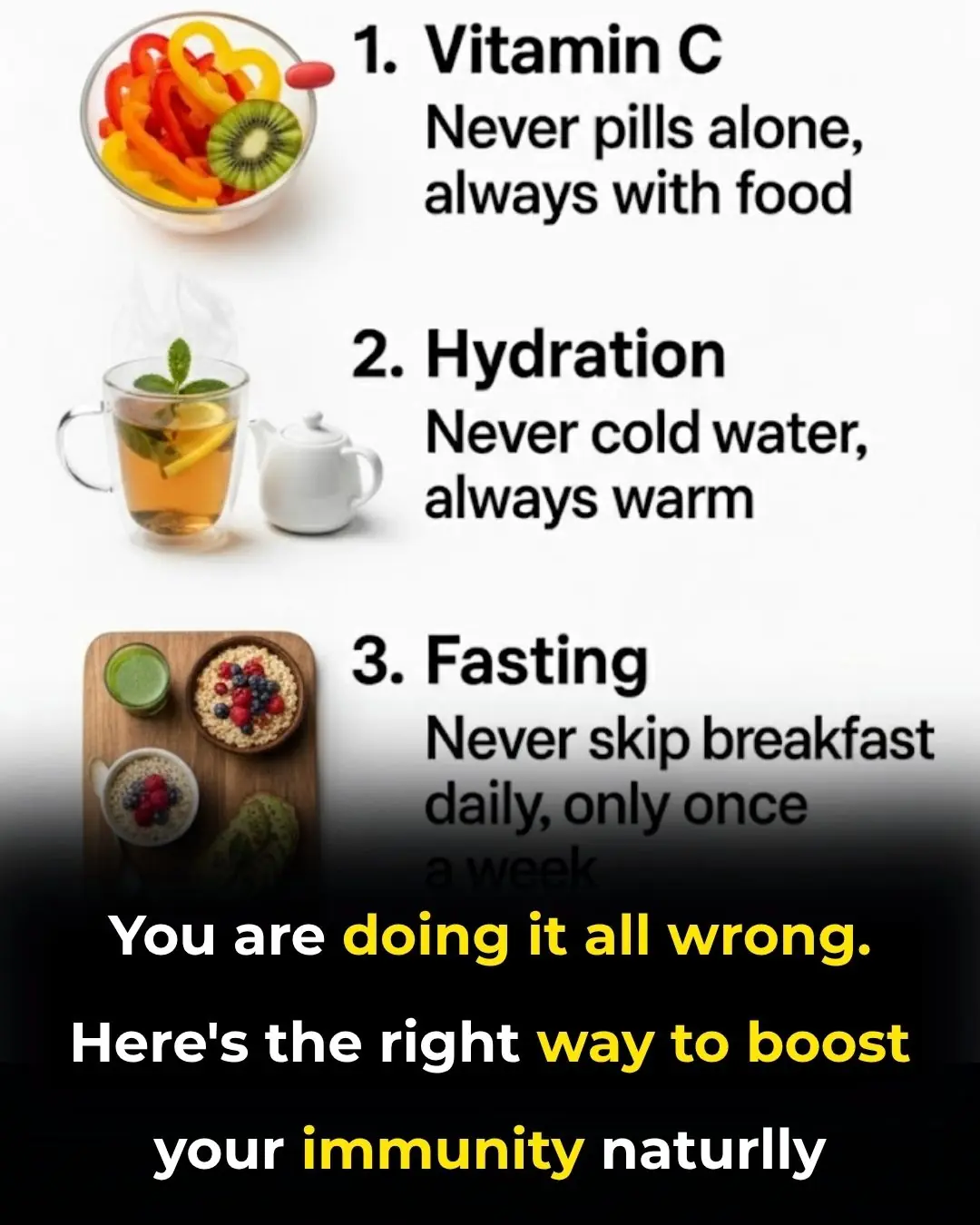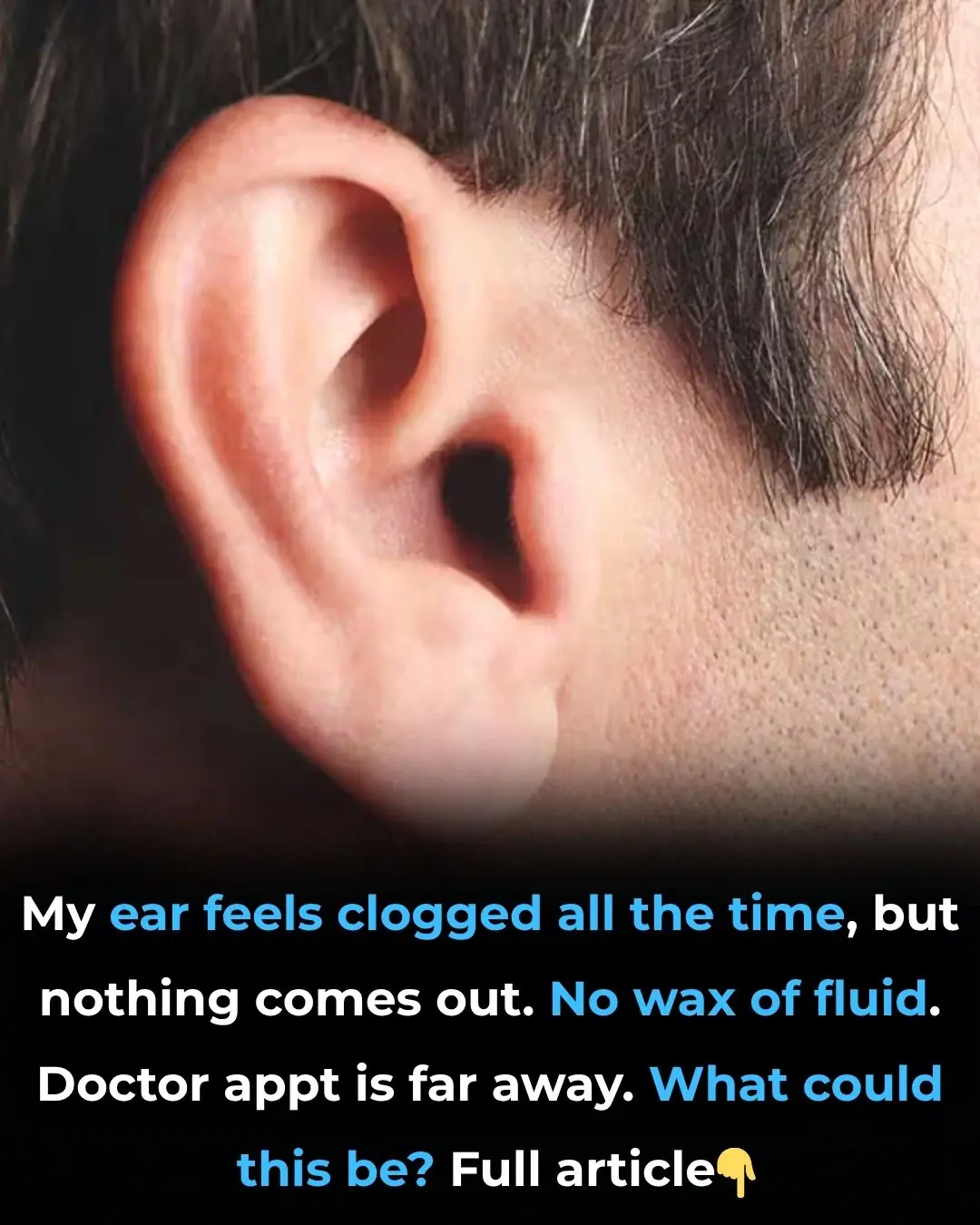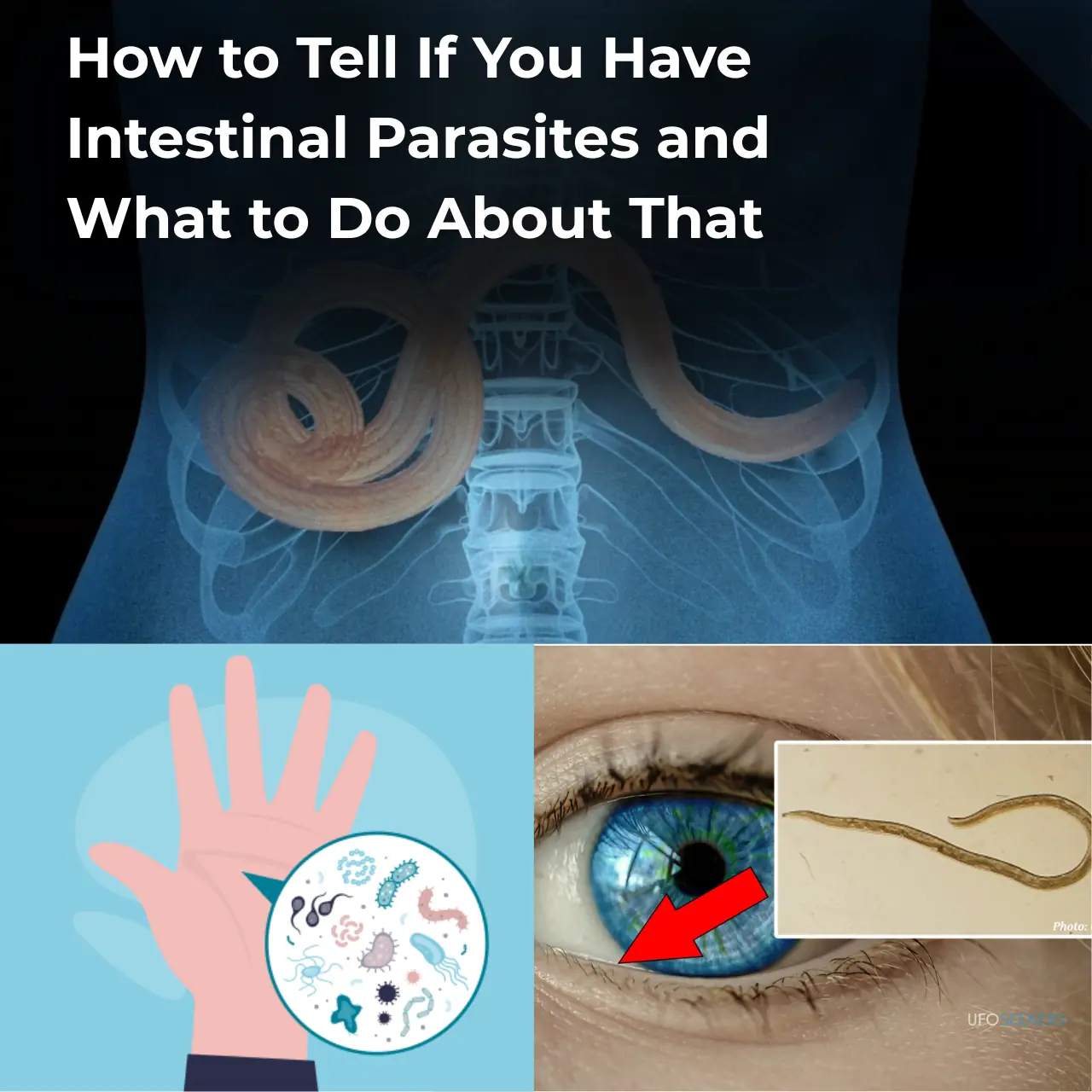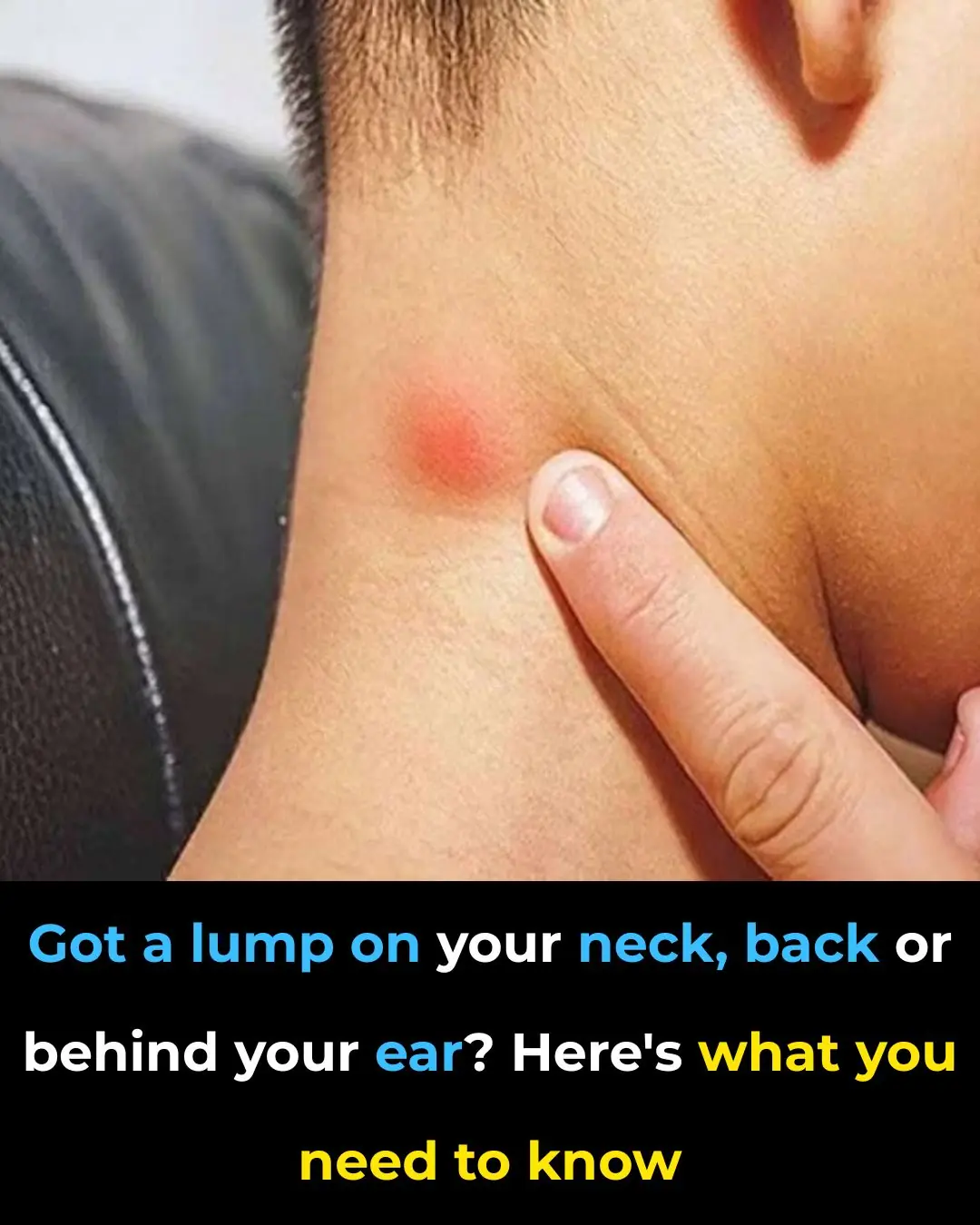
Discovering a lump on your neck, back, or behind your ear can be alarming. These lumps can vary in size, texture, and cause, ranging from benign cysts to more serious conditions. Understanding the nature of these lumps is crucial for determining the appropriate course of action. While some may resolve on their own, others require medical intervention. This article aims to provide comprehensive information on common types of lumps, their causes, symptoms, and treatment options, empowering you to make informed decisions about your health.
What Is an Epidermoid Cyst?
An epidermoid cyst is a common type of benign growth that occurs beneath the skin. These cysts are typically slow-growing and can appear anywhere on the body, though they are frequently found on the neck, back, and behind the ears. They are formed when skin cells, instead of shedding, move deeper into the skin and multiply. The cyst is filled with keratin, a protein that is also found in hair and nails. While generally harmless, epidermoid cysts can become inflamed or infected, causing discomfort and requiring medical attention.
Causes and Risk Factors of Epidermoid Cysts
Epidermoid cysts can develop due to a variety of reasons. They often result from a blocked hair follicle or skin trauma. Certain genetic conditions, such as Gardner's syndrome, can increase the likelihood of developing these cysts. Additionally, individuals with acne or other skin conditions may be more prone to cyst formation. While anyone can develop an epidermoid cyst, they are more common in adults than in children and tend to occur more frequently in men than women.
Symptoms and Diagnosis of Lumps and Cysts
The primary symptom of an epidermoid cyst is a small, round bump under the skin. These cysts are usually painless, but they can become tender, red, and swollen if infected. In some cases, a foul-smelling substance may drain from the cyst. Diagnosis typically involves a physical examination by a healthcare provider. In some instances, a biopsy may be performed to rule out other conditions, such as cancer. Imaging tests, like ultrasounds or MRIs, may be used to assess the cyst's size and depth.
Popular Home Remedies for Removing Lumps
Some individuals opt for home remedies to manage lumps, although these methods are not scientifically proven. Popular remedies include:
Warm Compress
How to use: Soak a clean cloth in hot (but not scalding) water, wring it out, and apply to the lump for 10–15 minutes, 3–4 times a day.
Purpose: Helps increase blood circulation to the area, potentially reducing swelling and promoting drainage if the lump is related to infection or a blocked gland.
Apple Cider Vinegar
How to use: Dilute apple cider vinegar with equal parts water, soak a cotton ball, and apply to the lump. Leave on for 10–15 minutes before rinsing.
Purpose: Believed to have antibacterial and astringent properties that may help with skin infections or inflamed cysts.
Tea Tree Oil
How to use: Mix a few drops of tea tree oil with a carrier oil (e.g., coconut or olive oil), and apply gently to the lump using a cotton swab, once or twice daily.
Purpose: Known for its antiseptic and anti-inflammatory effects, it may help reduce irritation and prevent infection.
Turmeric Paste
How to use: Mix turmeric powder with water or coconut oil to form a paste, apply to the lump, cover with a clean bandage, and leave on for 30–60 minutes daily.
Purpose: Contains curcumin, which has anti-inflammatory and antibacterial properties that may aid in calming inflamed skin.
Aloe Vera Gel
How to use: Apply fresh aloe vera gel directly from the plant or use a store-bought pure gel to the lump twice daily.
Purpose: Offers cooling relief and is known for its soothing, moisturizing, and mild antibacterial effects.
Castor Oil
How to use: Soak a small piece of clean cloth in castor oil and place it over the lump. Cover with a warm compress and leave on for 15–30 minutes daily.
Purpose: May help dissolve cystic growths and reduce inflammation due to its ricinoleic acid content.
When to See a Doctor for a Lump
While many lumps are benign, it's important to consult a healthcare professional if you notice any changes in size, shape, or color, or if the lump becomes painful. Additionally, if the lump is accompanied by other symptoms, such as fever or unexplained weight loss, medical evaluation is necessary. Early diagnosis and treatment can prevent complications and ensure the best possible outcome.
How to Properly Care for a Lump at Home
Proper home care can help manage symptoms and prevent infection. Keep the area clean and dry, and avoid squeezing or picking at the lump, as this can lead to infection or scarring. Applying a warm compress several times a day can help reduce swelling and discomfort. Over-the-counter pain relievers may be used to alleviate pain. If the lump shows signs of infection, such as increased redness, warmth, or pus, seek medical attention promptly.
Potential Risks and Complications of Home Treatments
While home treatments may seem convenient, they carry certain risks. Attempting to drain or pop a cyst at home can lead to infection, scarring, and further complications. Some home remedies may cause skin irritation or allergic reactions. It's crucial to approach home treatments with caution and consult a healthcare professional if you have any concerns.
Medical Treatments and Procedures for Epidermoid Cysts
Medical treatment for epidermoid cysts may involve drainage or surgical removal. A healthcare provider may perform an incision and drainage procedure to remove the cyst's contents. In some cases, complete surgical excision is necessary to prevent recurrence. Antibiotics may be prescribed if the cyst is infected. It's important to follow your healthcare provider's recommendations to ensure proper healing and minimize the risk of complications.
Preventing Future Lumps and Cysts
While not all lumps and cysts can be prevented, maintaining good skin hygiene and avoiding skin trauma can reduce the risk. Regularly cleansing the skin and using non-comedogenic products can help prevent clogged pores. Protecting the skin from excessive sun exposure and avoiding picking at the skin can also be beneficial. For individuals with a history of cysts, regular check-ups with a dermatologist may help in early detection and management.
Conclusion: Taking Action for Your Health
Finding a lump on your body can be concerning, but understanding the nature of these growths and knowing when to seek medical advice is crucial. While many lumps are benign, early diagnosis and treatment can prevent complications. Whether you choose home remedies or medical intervention, staying informed and proactive about your health is essential. If you have concerns about a lump, don't hesitate to reach out to a healthcare professional for guidance and support.



